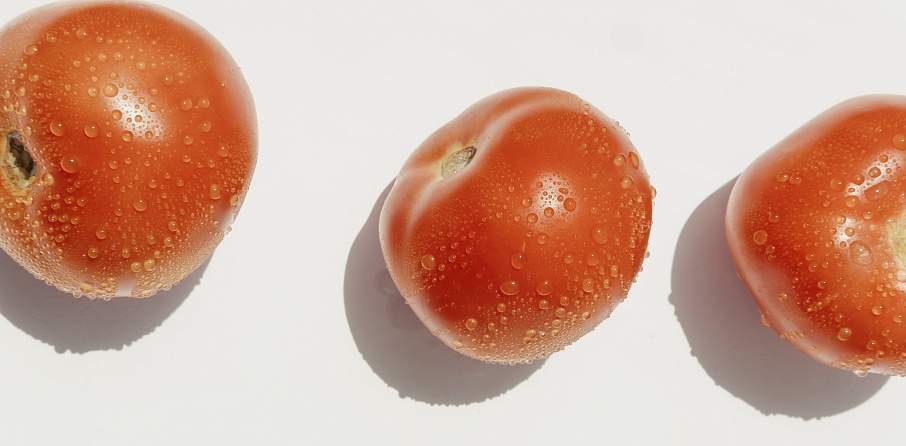What is vegetable drying and dew point?
02.02.2022 | drying
Before a harvested crop can be stored, it must go through a very important stage: drying. All growers are probably aware of the role that drying plays in the quality storage of crops, but not everyone is aware of the physical workings of this process.
So here's Agrovent educational! After all, when it comes to crop production, a lack of necessary knowledge costs a crop loss. By the way, you can learn about the most common crop storage mistakes here.
How do you dry hundreds of tonnes of onions, potatoes or other crops and keep them dry in wet weather?

Looking at these photos, it is clear that drying crops in this weather is not as simple as hanging clothes out to dry in the sun.
Drying vegetable crops (onions, potatoes or other products) is a process in which the following parameters play a decisive role:
1. Air temperature;
2. The relative humidity of the air;
3. The atmospheric pressure;
4. The dew point;
5. The temperature of the product to be dried;
6. The amount of air passing through the product.
The first four parameters are strictly related through the laws of physics. The relationship between these parameters is shown in a Mollier diagram (ok, google).
Here is a short test for your understanding of the drying process. Below are 2 statements: are they true?
HEATING = DRYING or HEATING = HUMIDIFICATION
Airing something colder than air: in certain circumstances, it dries it out, but in other cases it humidifies it.
COOLING = DRYING
Cooling something that is warmer than the air being ventilated: always dries!
In other words: cooler ventilation air always dries!
For a better understanding, consider the following examples:
1) A woman drying her hair with warm air from a hairdryer. Definitely drying!
2) Warm ambient air creates condensation on a chilled soda bottle that has just been taken out of the fridge = humidification!
3) Example for motorists: Imagine getting into your car to escape the pouring rain. The car windows mist up and to get rid of this layer of condensation, you turn on the air conditioner. You'll notice that it does the job much faster than the heating. This is a clear demonstration of how cooling the air efficiently and quickly activates the drying process.
Dew point. So now you understand that warm air sometimes dries and sometimes humidifies. Failure to understand the cause of this phenomenon can cost you your entire crop. The dew point plays a decisive role in all these processes.
The dew point is measured in degrees Celsius. When the air cools to this temperature (dew point), the water vapour in the air begins to condense, which manifests as dew, mist, haze or condensation on smooth, cold surfaces.
The dew point can never be higher than the actual air temperature. If the actual air temperature falls below the dew point, the air becomes saturated with water in the form of dew, mist or condensation.
The closer the dew point is to the actual air temperature, the wetter the air is.
In very humid areas, the dew point is very close to the actual air temperature but just below it, e.g. in tropical rain forests or near oceans. In very dry areas, the dew point is very far away from the actual air temperature and well below it, such as in the Thar Desert in India or the Gobi Desert in China.
What is absolute humidity? If a certain amount of air, say 1 kg, contains a certain amount of water, say 16.1 grams, then we can say that the absolute humidity is 16.1 grams of water per kg of air. Absolute humidity cannot be measured, it can only be calculated and is expressed in grams of water per kilogram of air.
What is relative humidity? The ratio of the amount of humidity in the air at a certain temperature to the maximum amount (100%) of water that the air could hold at that temperature, expressed as a percentage. Relative humidity can be measured.
When the relative humidity is 100%, the actual air temperature coincides with the dew point, at which point the air can be said to be saturated.
The main parameters that determine the drying process are: the temperature in the drying chamber, the relative humidity in the drying chamber and the temperature of the condensation surface, which is the "dew point".
When it is raining or foggy, the relative humidity is close to 100% and the ambient temperature is almost equal to the dew point. But if you know how the laws of physics work, you'll find that you can keep your crop dry even under these circumstances!
Still have questions? Or do you need a vegetable store? Our specialists are always ready to help you by calling +74952293903 or emailing info@agrovent.com!

